A lot was happening in America 100 years ago, perhaps as much as there is now. The 1920s were an exciting time to be alive and remain a popular topic of interest and time from fashion history. Here are the top five changes in chronological order that started off the Decade of Change, the Roaring ‘20s.
#1 The Great Migration
Between 1916 and the start of the 1920s, approximately one million African Americans left the rural South for economic opportunity in the cities of the North, Midwest, and West. This migration continued until approximately 1970. More than six million African Americans would eventually relocate. World War I was the catalyst. European immigration all but stopped and the factories needed workers to fulfill the war’s production requirements. Recruitment through word-of-mouth and advertising in traditionally black newspapers such as the Chicago Defender kicked off the movement.
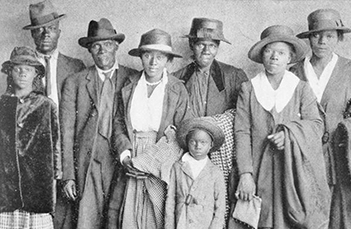
#2 World War I’s Returning Soldiers
World War I officially came to an end on November 11, 1918, but not all the soldiers returned home immediately. Most of them returned during 1919 with June sending a record-setting 368,000 Americans returning home. Only about 15,000 American troops were still in Europe at the beginning of 1920. The changes brought about by the Great War would be solidified as they reintegrated into society. There is no doubt this is a major catalyst for the Decade of Change.
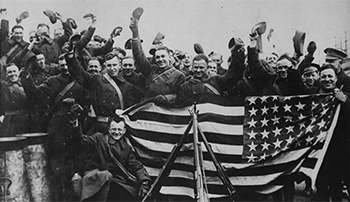
# 3 Prohibition
Prohibition is the alias ascribed to the 18th Amendment to the US Constitution. Its seeds were sown in the 19th century through various calls for temperance. States started adopting temperance and prohibition laws as early as 1838. Temperance societies were a part of the national fabric by the turn of the 20th century. In addition to these societies, prohibition was gaining support among evangelical Protestants and factory owners who were concerned about productivity and accident prevention.
Grain was needed for food during World War I so President Woodrow Wilson called for a temporary prohibition of the sale of liquor in 1917. Congress saw an opportunity to expand it. The 18th Amendment was created the same year. It called for a “ban on the manufacture, transportation, and sale of intoxicating liquors.” It took only 11 months for the amendment to be approved by the required three-quarters of the States. The 18th Amendment was ratified on January 29, 1919, and became law at 12 a.m. on January 16, 1920. The accompanying Volstead Act was passed in October 1919 and provided guidelines for federal Prohibition enforcement.
It is interesting that the amendment and the act didn’t prohibit drinking. Those who could afford to do so no doubt spent the year between passage and enactment stockpiling ‘intoxicating alcohol.’
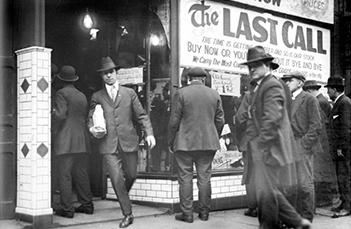
# 4 Women’s Suffrage
Another amendment with roots in the 19th century was women’s suffrage. Although the movement wasn’t organized on a national level in the USA until 1848, the seeds were sown as early as the American Revolution when Abigail Adams asked her husband John to ‘remember the ladies’ in the fight for independence. Although the movement slowed during the American Civil War, by 1890, a united front was organized with a state-based strategy for lobbying for women’s rights. The momentum continued through the end of the 19th century and into the 20th.
Although he opposed women’s suffrage when he took office in 1913, by 1918 President Woodrow Wilson would change his stance. Women’s role in society continued to change with America’s involvement in World War I and Wilson acknowledged that change in an address to the Senate on October 1, 1918.
The amendment initially failed but was taken up again in 1919. The 19th Amendment passed on June 4, 1919. With Tennessee the final state needed for ratification, the 48-48 tie was broken by a 23-year-old representative who was opposed but was convinced by his mother to vote in support of it. The amendment was certified on August 26, 1920, and women have been an increasingly important voting bloc ever since!
Read more about the Women’s Suffrage movement:
The Colors of Women’s Suffrage
# 5 The First Commercial Radio Station
World War I also brought technological changes to the radio. The first voice radio transmission in the USA was on Christmas Eve in 1906 when an inventor and engineer named Reginald Fessenden broadcast a reading of the Christmas story according to the Gospel of Luke while a violin rendition of Silent Night played in the background. It was heard by wireless operators on ships off the coast of New England.
Over the next 15 years, radio tubes improved in clarity and power. By the end of the war, companies like Westinghouse were selling ready-made machines. Westinghouse partnered with Dr. Frank Conrad, a Pittsburgh ham operator. He often played records for his friends to listen to over his radio (built-in audience).
The last big change during the first year of the Decade of Change occurred on November 2, 1920, when the first commercial broadcast took place at station KDKA. The first major news to be broadcast that day were the results of the Harding-Cox presidential race. Listeners heard the news long before it was published in the newspaper!
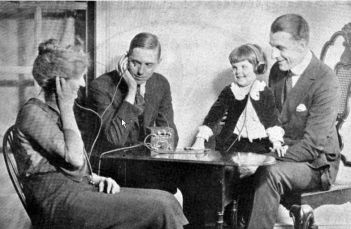
This is where the Decade of Change that we know better as the Roaring ’20s began. Where would those changes lead? Read part two: The Roaring 20s: The Decade that Changes Everything.
Love the 1920s? Create a look of your own:
More Decade of Change fun:
The 1920s Woman – Flapper and beyond
Bessie Coleman: a female daredevil to remember
Flapper Fashion: The Definitive Guide On Dressing 1920s
Femininity in Question: Edwardian Depictions of the New Woman

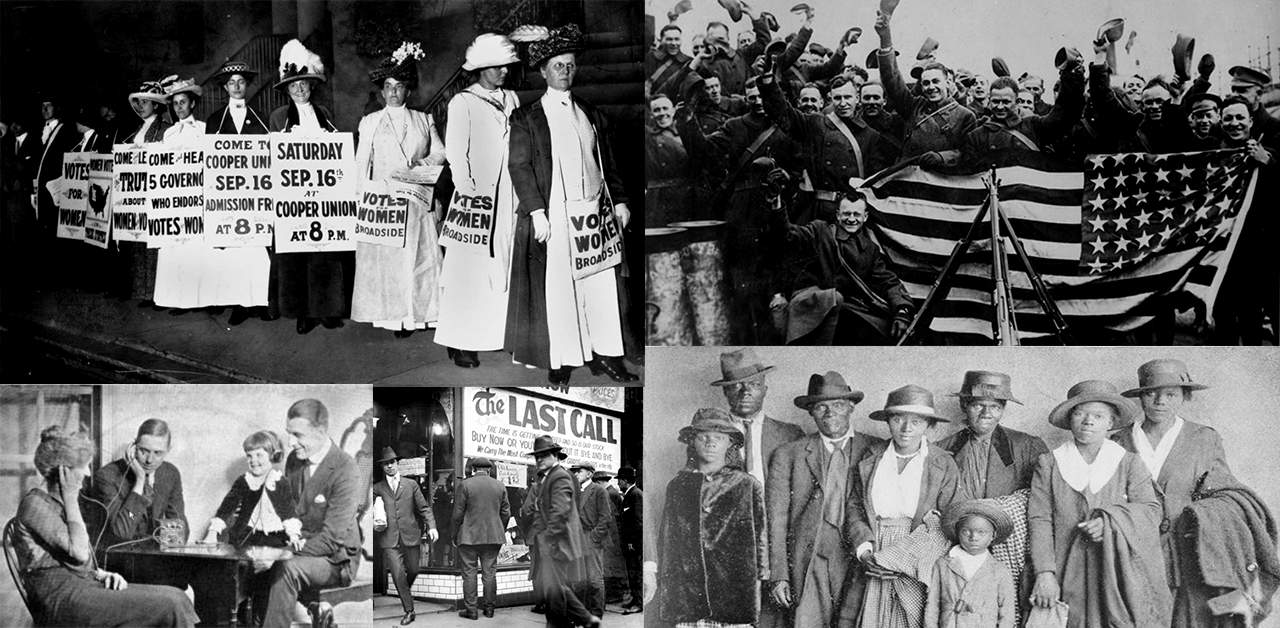
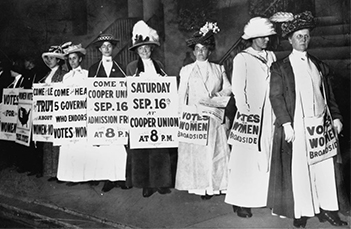
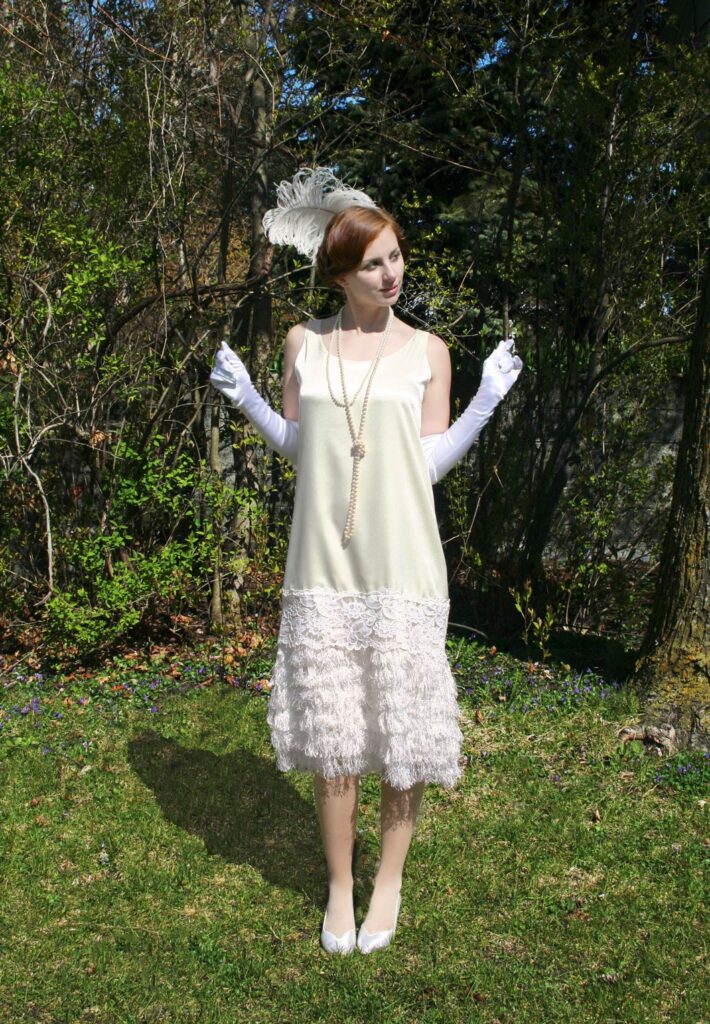
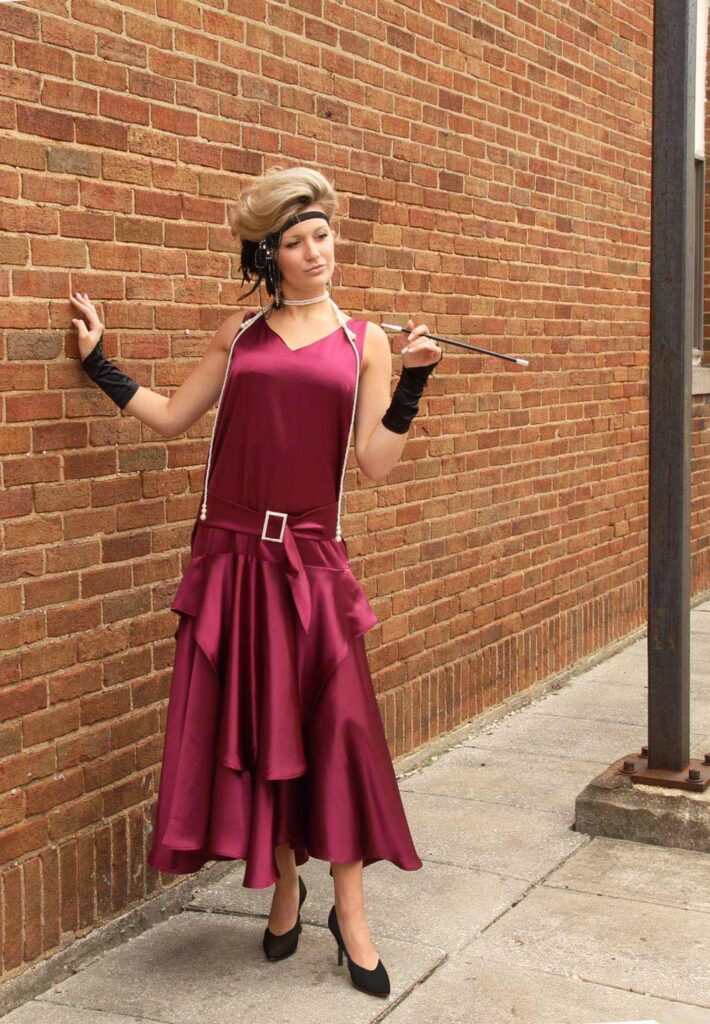
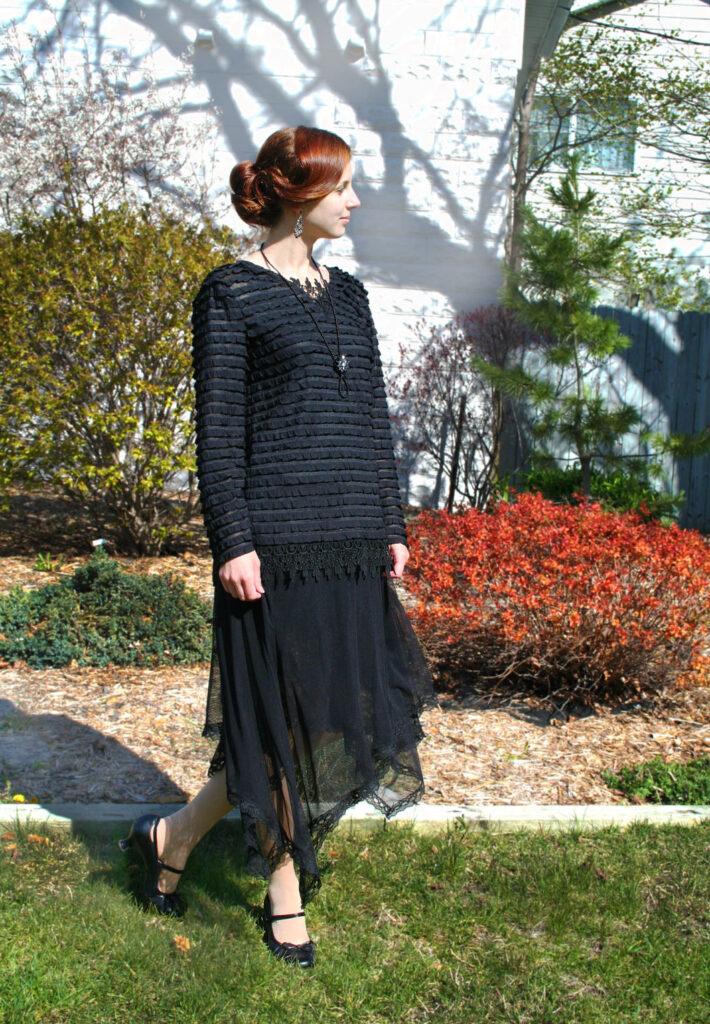

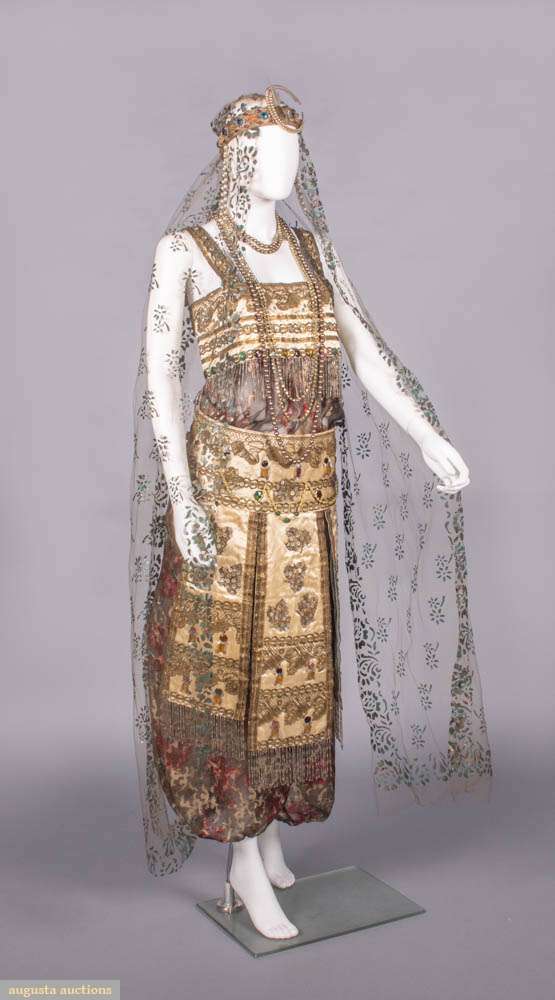






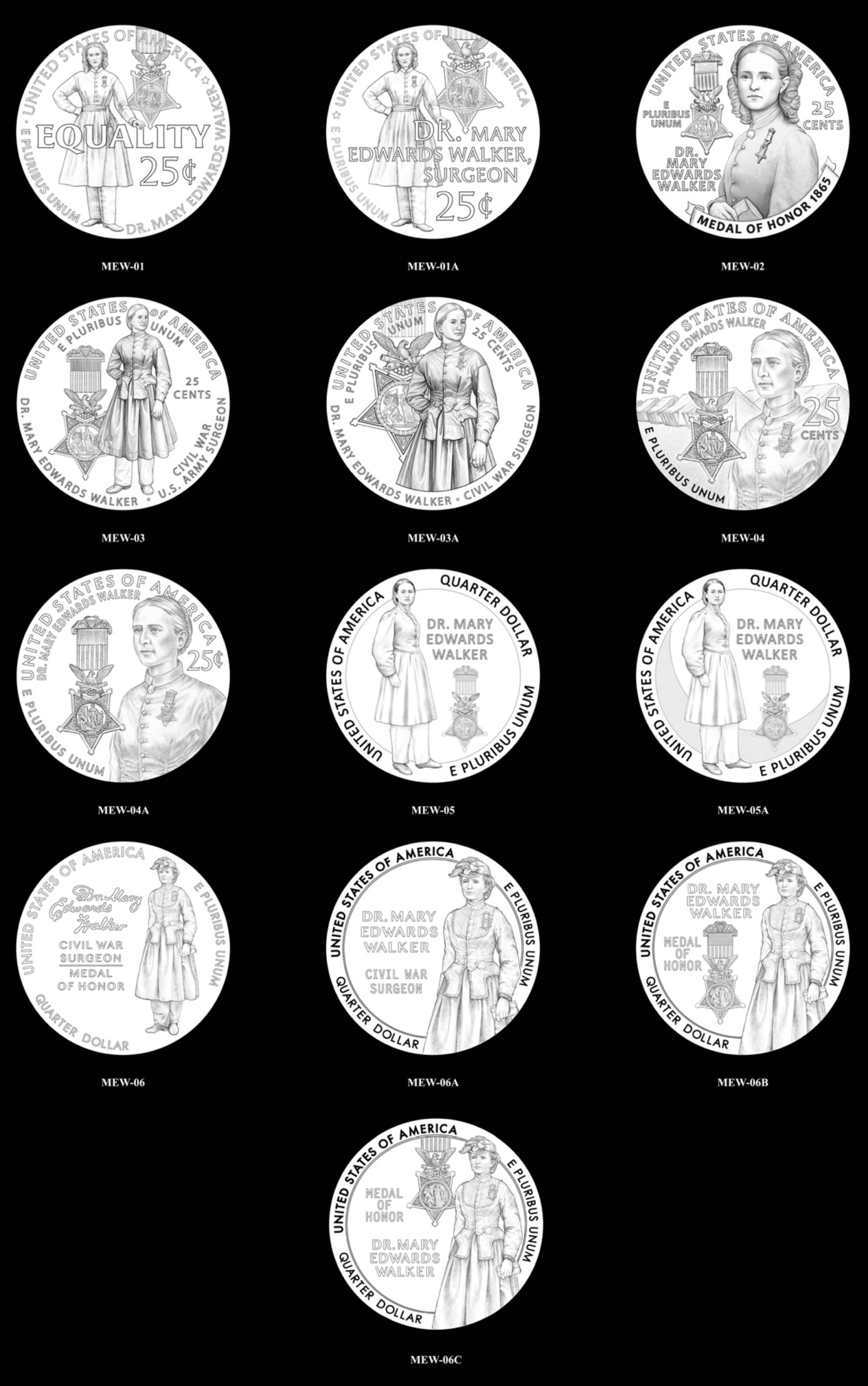
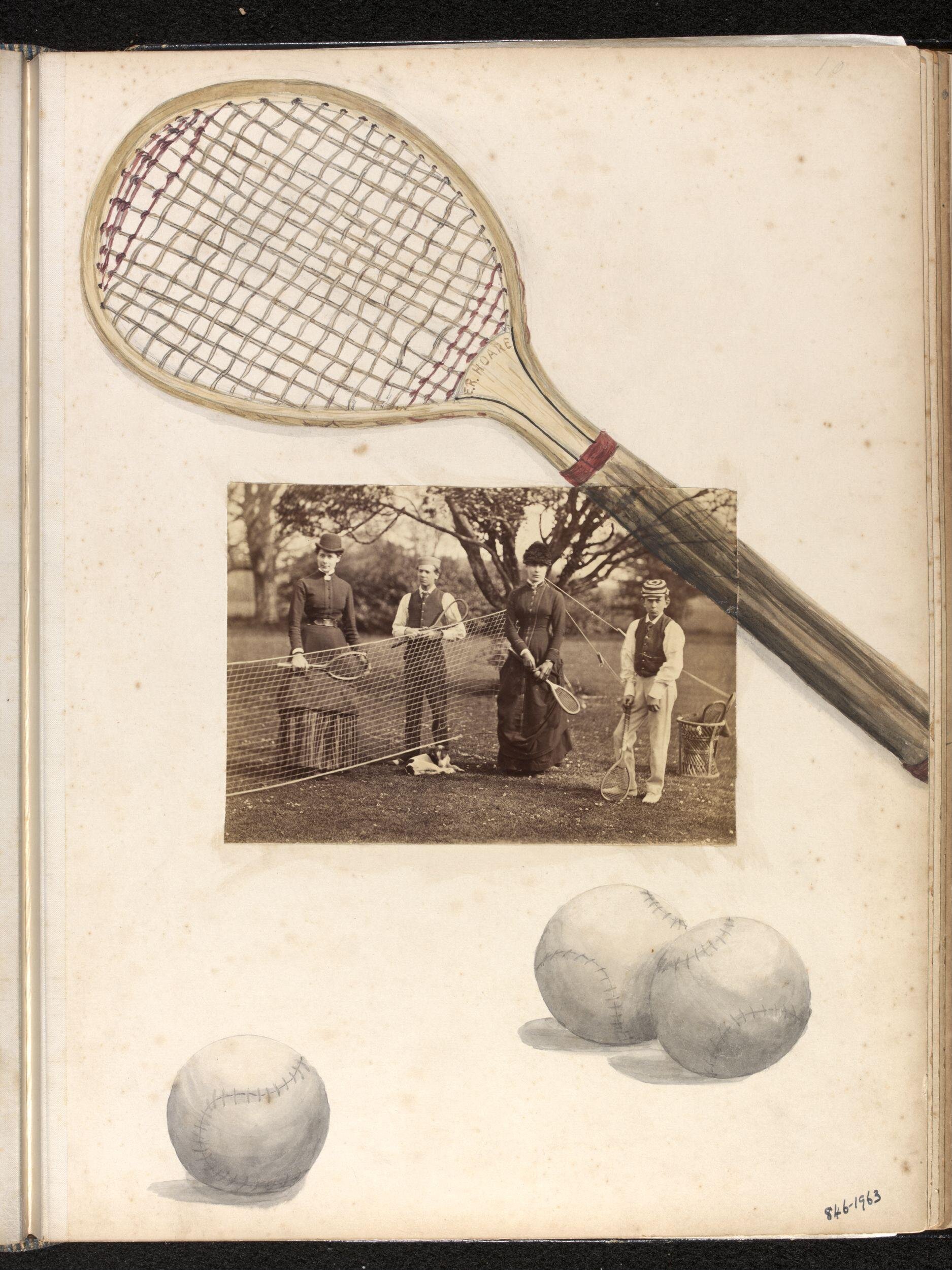
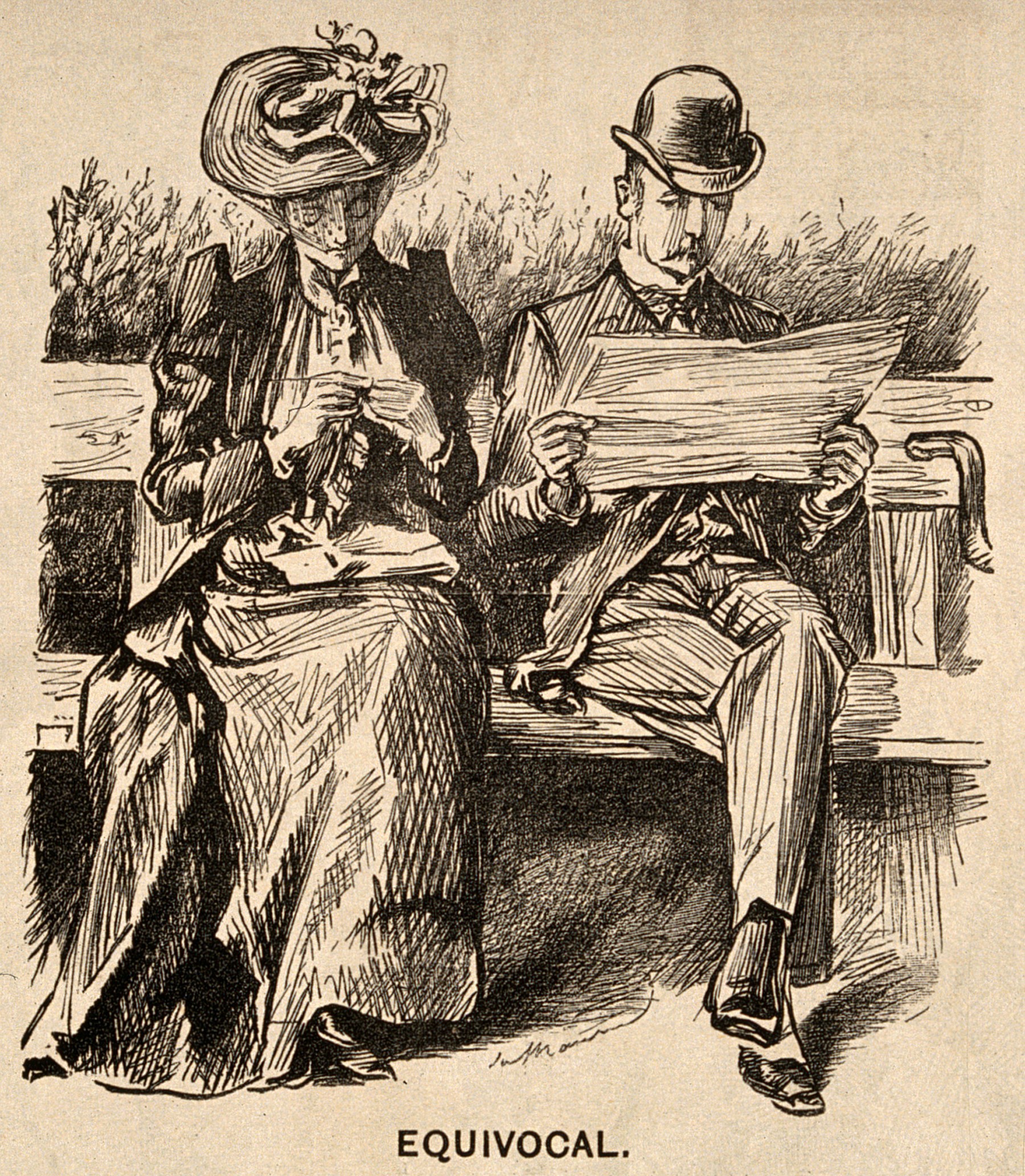
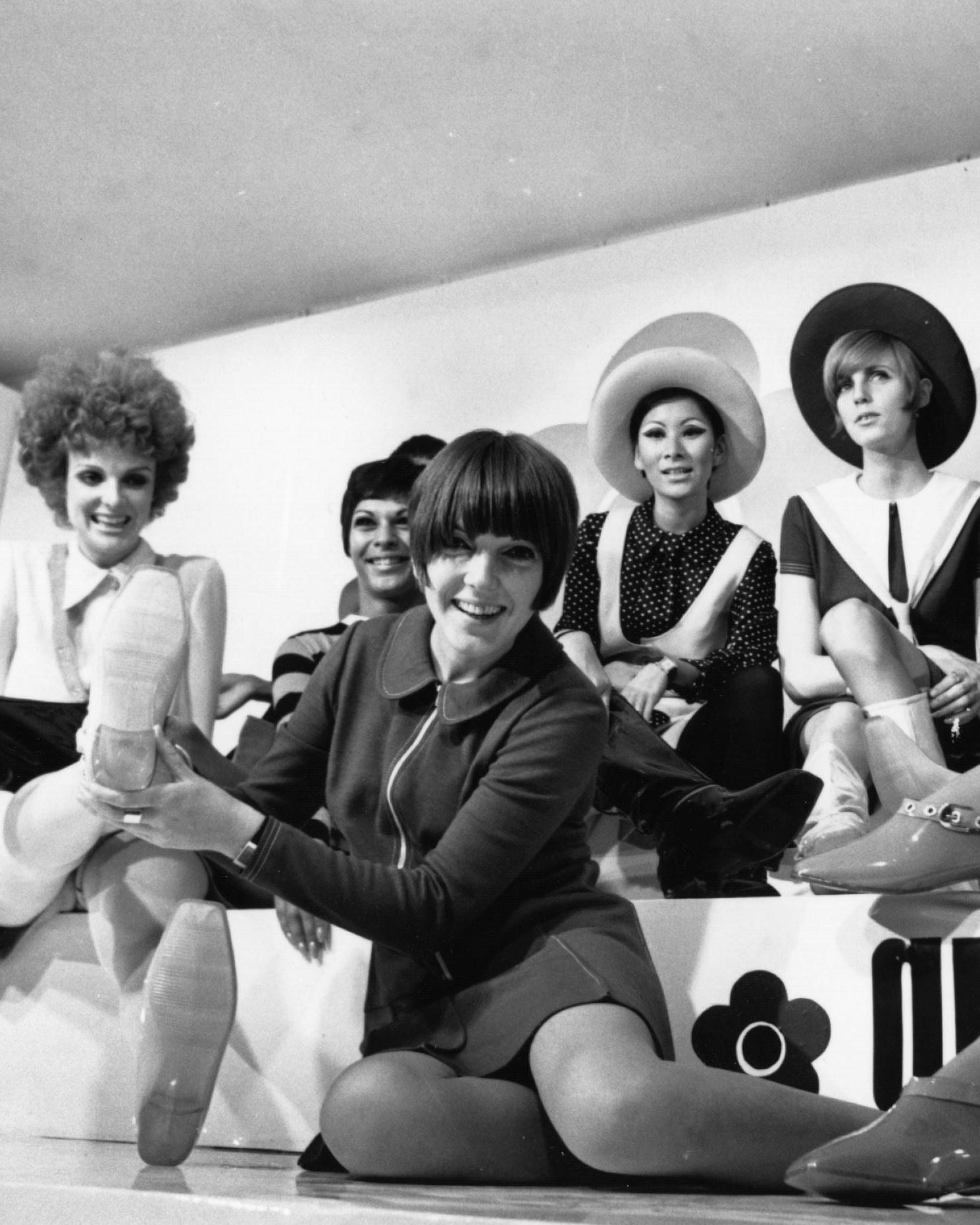
Leave A Comment